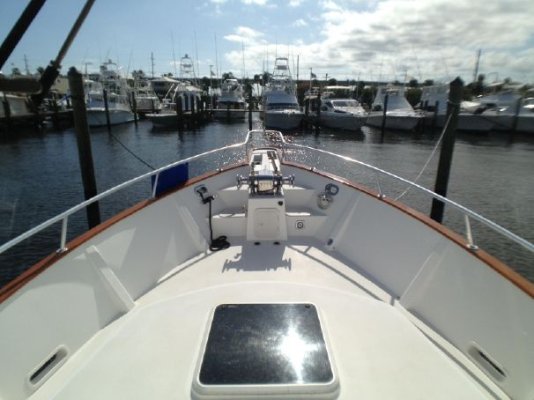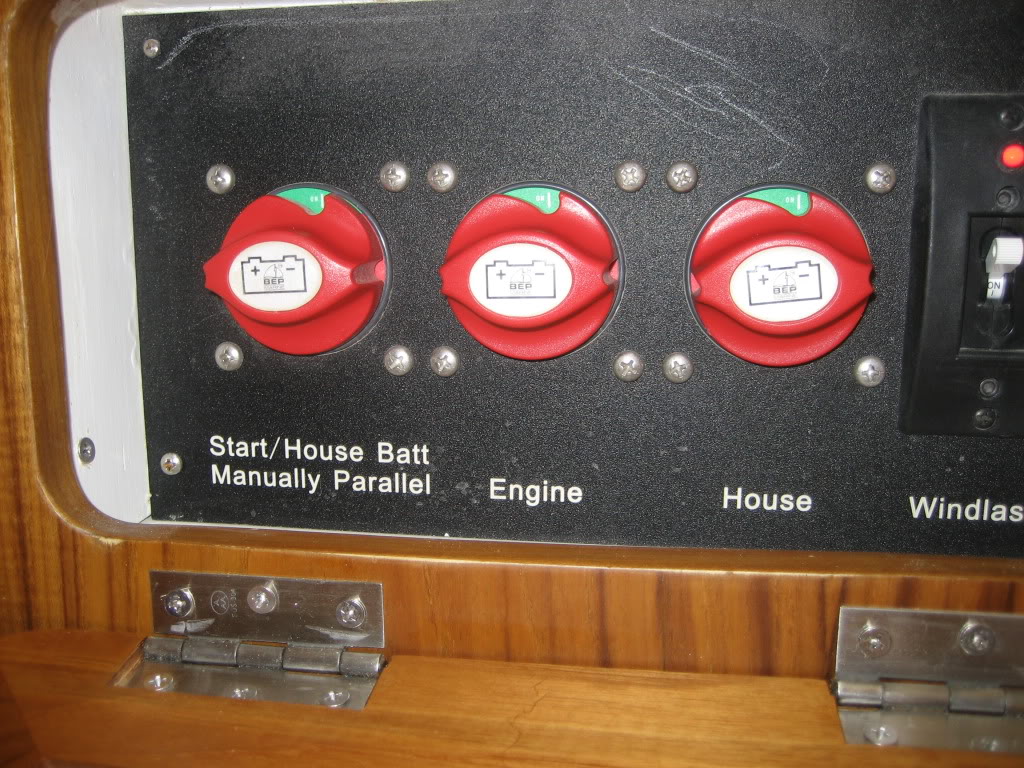Bay Pelican
Moderator Emeritus
Question is the downside of leaving the breaker for the windlass on at all times at anchor. This would be done so that if Bay Pelican dragged any rescuers coming aboard could drop more chain or even the second anchor.
The breaker for the windlass is inside the pilot house and would not be accessible to someone who came aboard without them breaking into the boat.
I have personally boarded several dragging boats in the last few years and have let out more rode in a couple of instances. For someone to do that on Bay Pelican currently they would have to hand lift chain out of the locker.
Concerned about the electrical implications not the security.
The breaker for the windlass is inside the pilot house and would not be accessible to someone who came aboard without them breaking into the boat.
I have personally boarded several dragging boats in the last few years and have let out more rode in a couple of instances. For someone to do that on Bay Pelican currently they would have to hand lift chain out of the locker.
Concerned about the electrical implications not the security.



 k
k

